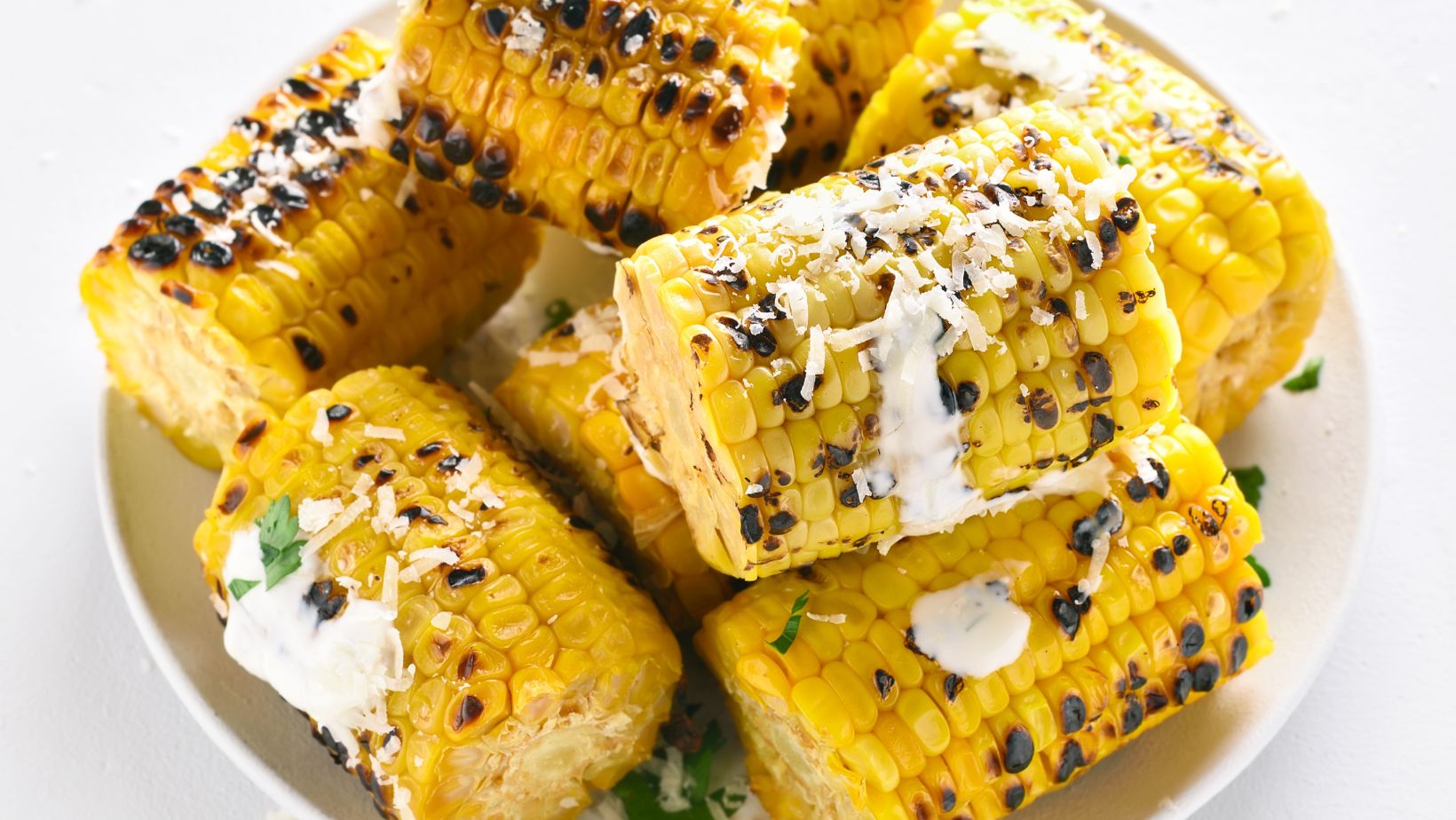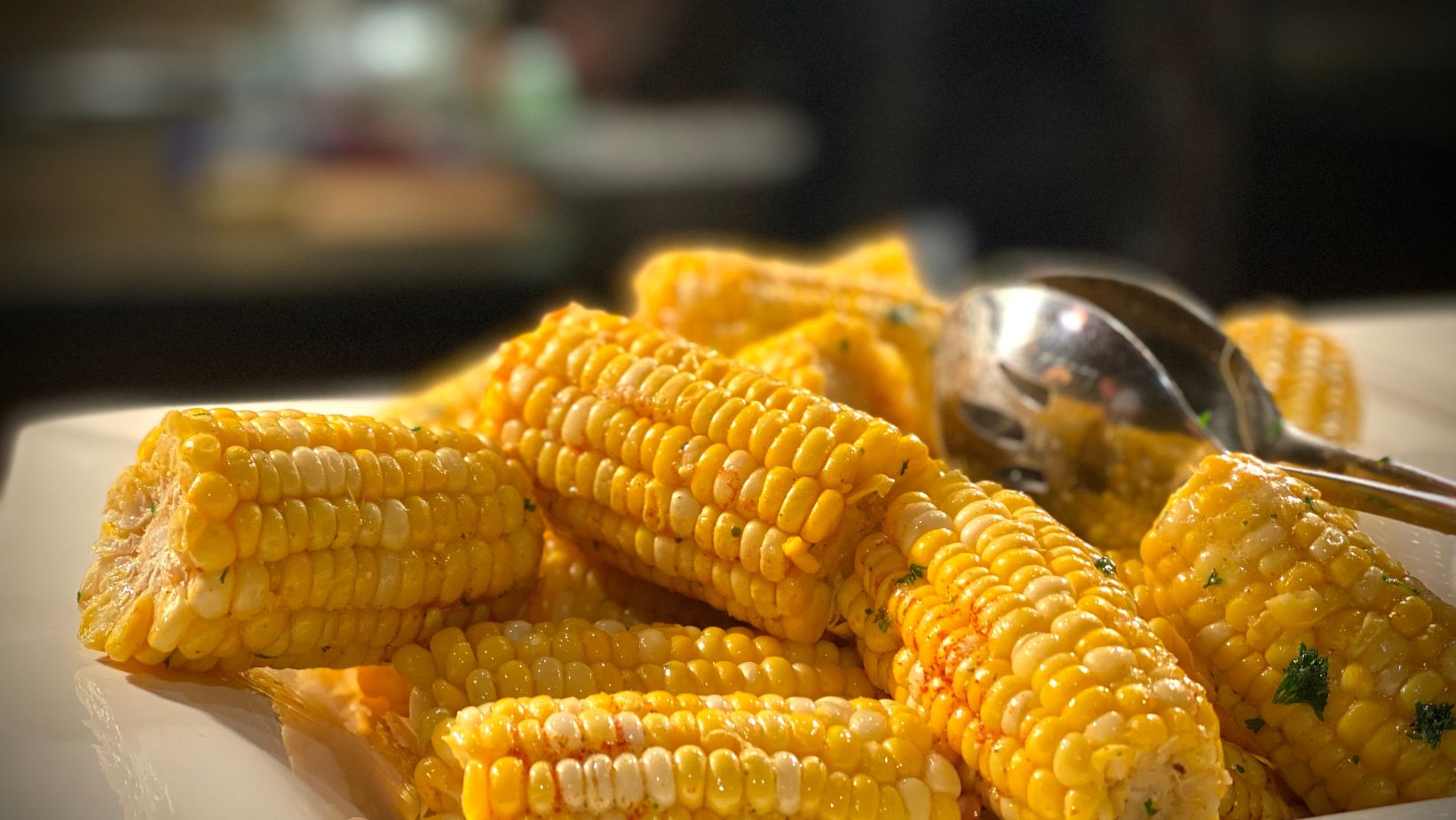
Curious about how to determine if corn on the cob is no longer fresh? Wondering if that golden goodness in your kitchen is still safe to consume? Well, fret not, because I’ve got you covered with some handy tips and tricks to help you discern whether that ear of corn has gone bad.
First off, trust your senses. Give the corn a good sniff. If it emits a sour or unpleasant odor, it’s likely spoiled and should be discarded immediately. Additionally, examine the husk for any visible signs of mold or discoloration. Moldy spots or a slimy texture are clear indicators that the corn has passed its prime.
Another telltale sign is the appearance of wrinkled or shriveled kernels. Fresh corn should have plump and firm kernels that are bursting with juiciness. If they appear dry or discolored, it’s best to steer clear.
How to Know if Corn on the Cob is Bad
Moldy Appearance
One of the telltale signs that corn on the cob has gone bad is a moldy appearance. When examining your corn, keep an eye out for fuzzy or discolored patches on the kernels or husk. If you notice any green, white, black, or gray spots, it’s a clear indication that mold has started to grow. Mold not only affects the taste and texture of the corn but can also pose health risks if consumed. So, be sure to discard any corn with visible mold.
Foul Odor
Another indicator that your corn on the cob may have spoiled is a foul odor. Fresh corn should have a mildly sweet and earthy scent. However, if you detect a strong or unpleasant smell when you bring it close to your nose, it’s likely that the corn has turned bad. This could be due to bacterial growth or fermentation processes occurring within the kernels. Trust your sense of smell and steer clear of any corn with an off-putting aroma.
Slimy Texture
When checking for freshness, pay attention to the texture of the corn as well. Good-quality corn should feel firm and slightly moist when touched. On the other hand, if you run your fingers along the kernels and encounter a slimy or sticky sensation, it indicates spoilage. The sliminess can result from bacteria breaking down sugars in the corn, leading to an undesirable texture and taste.
It’s important to note that these signs are not exclusive; one factor alone may not necessarily mean that your entire ear of corn is bad. However, if you observe multiple indicators such as moldy appearance, foul odor, and slimy texture together, it’s best to err on the side of caution and discard it.
Smell Test Method
When it comes to determining the freshness of corn on the cob, one reliable method is the smell test. By using your sense of smell, you can easily assess whether or not the corn has gone bad. Here’s how to do it:
- Give it a whiff: Take a moment to bring the corn up close and give it a good sniff. Fresh corn on the cob should have a sweet, slightly earthy scent. If you detect any foul or unpleasant odor, it’s a clear indication that the corn has spoiled.
- Trust your nose: Our sense of smell is often an accurate gauge for identifying food spoilage. If you’re unsure about the aroma, trust your instincts and err on the side of caution. It’s better to be safe than sorry when it comes to consuming questionable food.
- Consider other factors: While the smell test is helpful in determining if corn on the cob is bad, it’s important to consider other factors as well. Check for any visible signs of decay such as mold or discoloration. Additionally, examine the husks – they should be vibrant green and tightly wrapped around the kernels.
- Don’t rely solely on expiration dates: Keep in mind that expiration dates are just guidelines and may not always accurately reflect freshness. The smell test provides a more immediate assessment of whether or not your corn on the cob is still good to eat.
Remember, when in doubt, throw it out! Consuming spoiled food can lead to foodborne illnesses and discomfort. Use this simple smell test method as part of your routine when checking if corn on the cob is fresh or past its prime.






